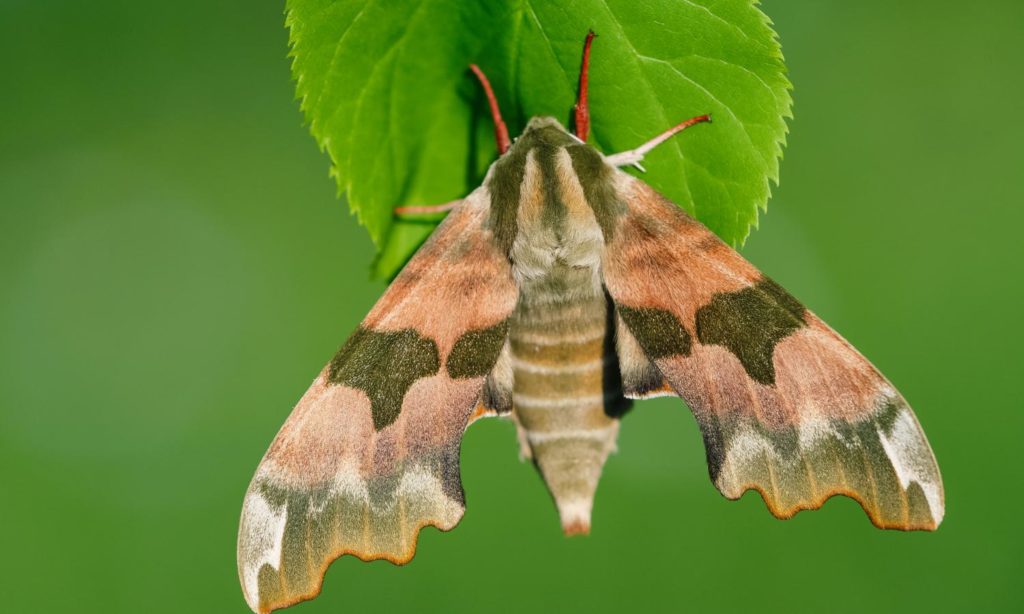May Days
As we go into the month of May we enter the last month of Spring. The origin of the name is probably the Roman goddess Maia, goddess of growth, which is appropriate for a month when nature is in full bloom, full of life and colour. There is so much to look out for on your walks in Lydiard Park this month so here is just a snapshot of the sort of wildlife, plants and insects you might find:
On the lake, herons may be patrolling as they look for their prey of fish and frogs. Herons can form nesting colonies in urban parks where they can be very noisy. They have a white head with a black eye flash and ragged black tassels. They are also not averse to venturing into gardens in search of prey in the pond!
There are a number of blue butterflies in the UK and the one most of us are likely to see in parks and gardens is the delicate Holly Blue. Once known as the Azure Blue it is a small, bright flash of colour that will catch your eye before zipping away very fast! Also on the wing is the impressive Lime hawk-moth, which comes out on warm May evenings. It’s attracted to the lime trees that can be found in parks and gardens, where the caterpillars feed in the tops of the trees.
Cow parsley fills the verges of country roads during May. It is a wildflower in the carrot family, characterised by clusters of delicate flowers, reminiscent of an umbrella. The open flowers are a magnet for insects, including hoverflies and bees.
And finally a shout out for the “May blossom,” the Hawthorn, which flowers in parks, gardens and hedgerows in the month of its name. Its flowers are usually white but they can also be pink, and the plant supports over 300 different types of insects including bees, caterpillars and moths. It was the ancestor of the Maypole and its leaves and flowers the source of May Day garlands. Happy May!
